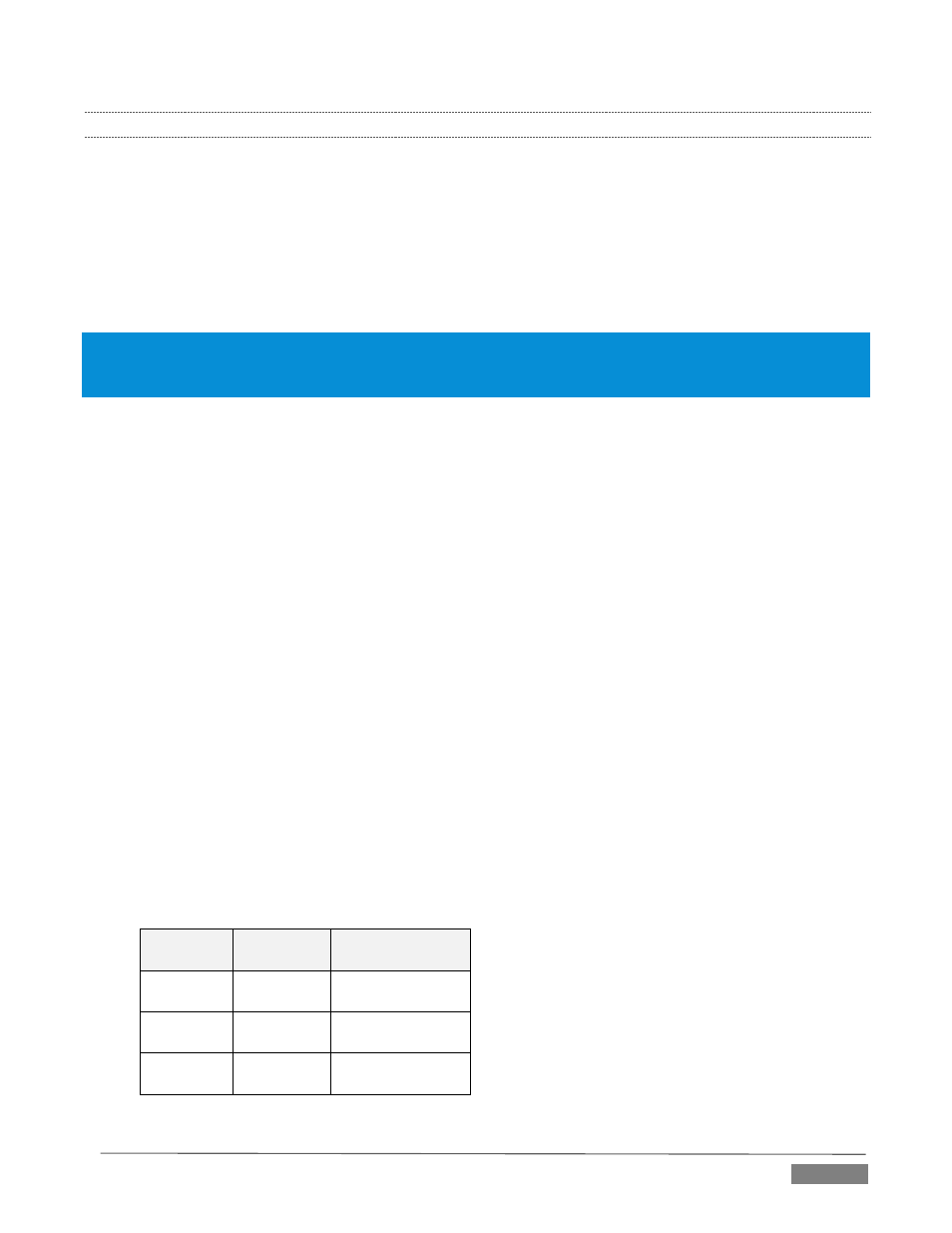A.1.14, Connect to an airplay® source – NewTek TriCaster Advanced Edition User Guide User Manual
Page 289

Page | 277
A.1.14 CONNECT TO AN AIRPLAY® SOURCE?
The local network (the same network you connect TriCaster to) is the means of transmission for AirPlay®,
and a wireless connection from the player to the network is perfectly acceptable.
1. Select the AirPlay® entry in the Source menu for Net 1 or Net 2 (just as you would select an iVGA™ or
LiveText™ source).
2. TriCaster identifies itself as a potential client device to the AirPlay® source.
3. One or more TriCaster devices will be listed as potential output devices for the AirPlay® device.
Select one and you are done.
Note: A limitation of the current iTunes release prevents it from properly addressing the second AirPlay® connection
it detects. Instead, it attempts to use the first connection. If the first connection is already committed to another
source, this attempt will fail.
S
UPPLEMENTARY
Q
UESTIONS
:
Q: Why doesn’t my AirPlay® device list TriCaster as a target?
A1: The first time you connect to a network with the TriCaster, a network ‘location’ is selected. This is a
standard Windows® process that automatically configures appropriate firewall and security settings for the
type of network that you connect to.
There are three location options: Home, Work, and Public. If TriCaster’s active network has inadvertently
been set to ‘Public’, AirPlay® will not connect. Be sure this is set to either Home or Work.
A2: By default, the Windows® firewall is disabled on TriCaster. If your AirPlay device does not recognize
TriCaster after enabling AirPlay® for Net 1 or Net 2, it may be that someone has enabled it, and it is
preventing connection. You can either disable it, or (if you really must have it) adjust its settings as follows:
1. Click Configure Network in the Administration Mode screen.
2. Open the Windows® Firewall interface using the link shown at lower-left in the Network and Sharing
control panel.
3. In the left pane, click Advanced Settings. (If prompted for an administrator password or confirmation,
type the password or provide confirmation).
4. In the Windows Firewall with Advanced Security dialog box, click Inbound Rules in the left pane, and
then click New Rule in the right pane.
5. Follow the instructions in the New Inbound Rule wizard.
6. Ensure that the following ports are open:
Port
Protocol
Name
80
TCP
HTTP
443
TCP
HTTPS
554
TCP/UDP
RTSP
